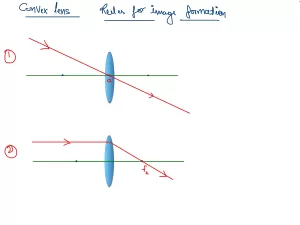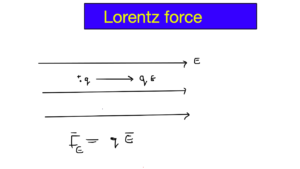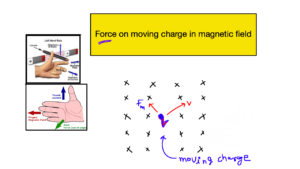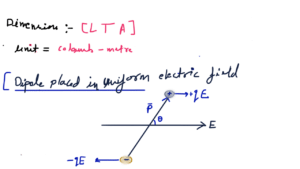Tricks for organic conversions
we have listed the 10 tricks that are commonly used in the organic conversions as we know that it requires a lot of efforts and time to master the organic conversion thus we made this article
Trick 1
Haloalkanes can give you every possible functional group. They can also help you in increasing the chain size. So you might want to convert your starting material to haloalkanes and then go to the desired product
Trick 2
Remember the series of oxidation/reduction: Hydrocarbons (with various substituents) can be oxidised to alcohols, then appropriate carbonyl compounds and lastly carboxylic acids (or their derivatives)
Trick 3
Strong oxidizing agents are KMnO4 and K2Cr2O7
Trick 4
Mild oxidising agents depending on the situation are CrO4, Ammoniacal AgNO3, Benedict’s Solution, Fehling’s solution, Cu or CuO at 573K, Bromine water etc.
Trick 5
Any carboxylic acid derivative can be converted back to the carboxylic acid by hydrolysis.
Trick 6
There are possibilities of hydride and methyl to get the most stable intermediate (carbocation/free radical)
Trick 7
A most common reaction, if your starting material is an alkane, is free-radical halogenation.
Trick 8
Saytzeff/Markovnikov’s rules must be kept in mind while dealing with alkenes (they are based on the electron displacement effects only)
Trick 9
Decarboxylation and ozonolysis could go-to methods for decreasing the number of carbon atoms
Trick 10
Grignard reagent gives you the much-needed Alkyl nucleophile, which can be used at appropriate places.







